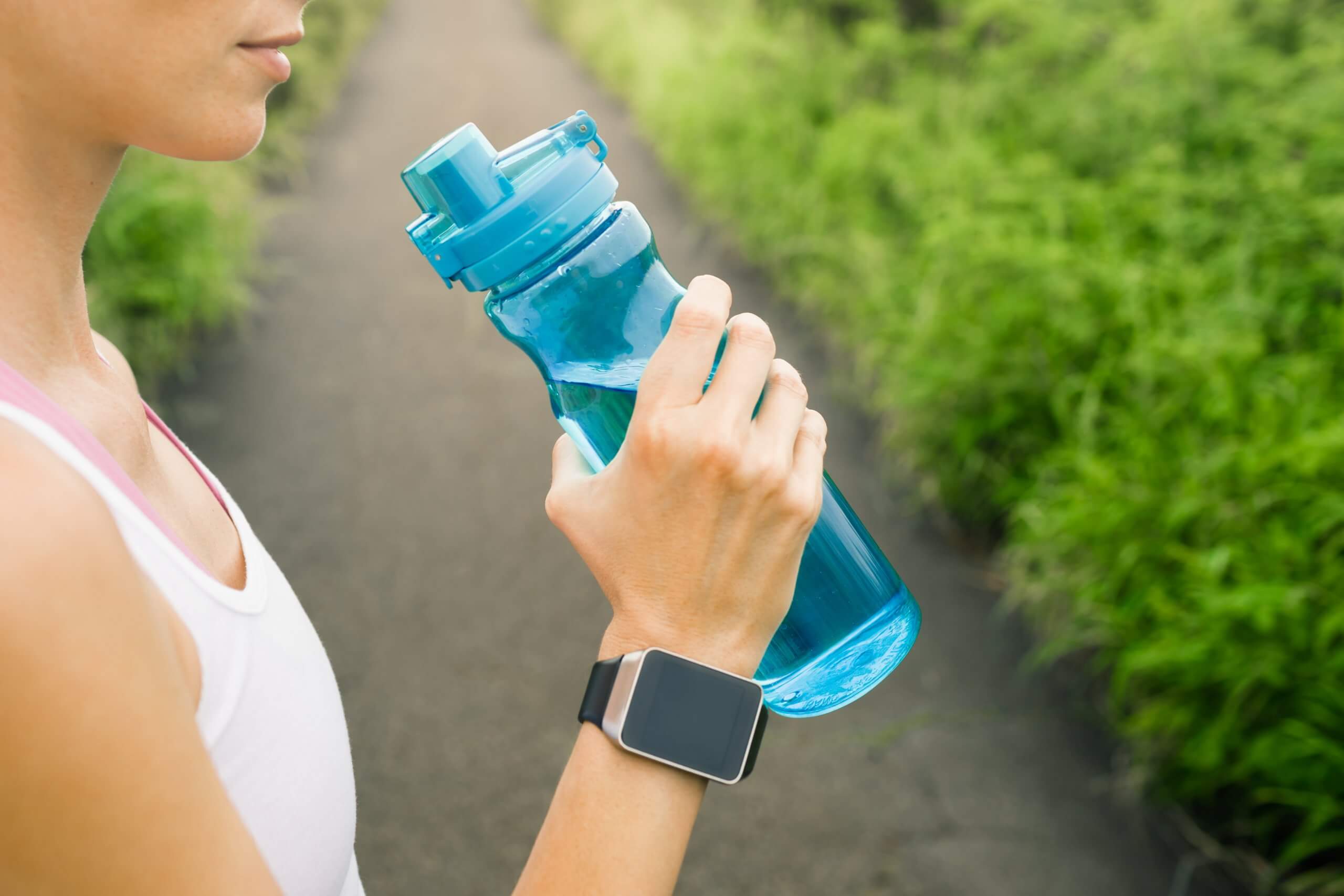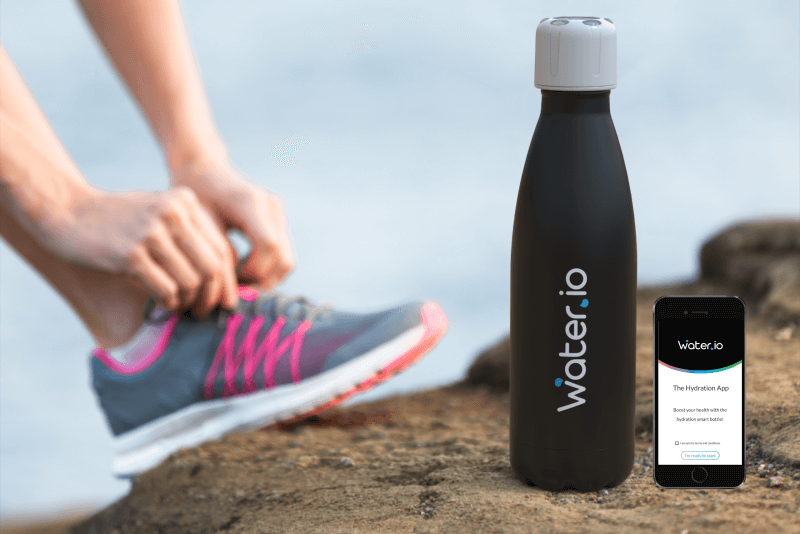The earth is quickly filling with trash, and as the world’s population continues to grow so does pollution. Our wastes liter just about everything from land to sea and even outer space. As a consumer, it is our job to take a deeper look at how we can incorporate more sustainable practices into our lives. While choosing to recycle and reuse products is a great start, sometimes the key is by simply becoming more discerning consumers.
Believe it or not, we don’t need everything that we buy. A simple look at your garbage will likely reveal that. Think about the end of the week after your grocery trip? Are you in the habit of tossing out old food and replacing it with new? Think about how much packaging you toss out along with the old food. While things like carrots will decompose, the plastic wrapping they are encased in will not.
The key to good sustainability practices is learning the three r’s: reduce, reuse, and recycle. But it’s not enough to be familiar with the 3rs, a sustainable consumer integrates them into their lifestyle so that settling for less, reusing what you have, and recycling becomes second nature. The best way to preserve the Earth is actually by pledging to consume less.
How to Reduce?
Remember those carrots we mentioned earlier? Well, they are probably surrounded in your trash can with at least a dozen other items. Approximately 40% of the US food supply ends up in the trash can, which is simply ludicrous when you consider 1 out of 4 children will go to bed hungry on any given night. While this is pretty disconcerting, so is the rest of the picture of waste. To produce that food fertilizer, cropland, freshwater, and energy were all consumed. Each of these separate components is a valuable resource that impacts the Earth, and by tossing food we are essentially wasting each and every resource.
With this in mind, changing our buying habits is key. Instead of buying what you want, truly reevaluate what you need so you can reduce wastes. Every week wait an extra day before heading to the store, or skip take-out and instead focus on “using up” the leftovers and/or leftover ingredients in your fridge. Shuffle your expiring ingredients or wilting produce to the front of the fridge to remind family members to grab them and consider buying “ugly” produce at the store. Do you pride yourself on being accepting of everyone? Then grab that misshapen vegetable and enjoy its nutritious crisp so it doesn’t end up in the dumpster at the end of the day.
How to Reuse?
The key to reusing products is to get creative with your wastes. It’s easier than you think, and can actually reduce your Tupperware bills which everyone can get on board with. For instance, if you insist on eating butter out of a tub, then wash the tub and use it to store fresh cut berries or leftover soup instead of tossing it. Opt for real silverware that you can wash over disposable items. Skip over the paper towel aisle and buy a few cloth napkins and dishcloths that you can use to keep your table, counter, and kids’ fingers clean.
None of these steps take much extra planning, but as you continue to adopt a new lifestyle that is integrated with sustainability practices, you can step up your game so to speak. Repair your computer instead of tossing it or upgrading to the latest Mac. Ignore the amazingly enticing offers from your mobile provider and skip an upgrade this year. Purchase (and use) reusable shopping bags while shopping. Pack lunches in containers that can be washed and reused and turn old clothing into household rags that can be used for cleaning over paper towels.
Once you get going it will almost become a fun challenge to see how many different ways you can reuse household basics. A fun perk of your extra work – almost all of these measures will save you money. A green planet and some green in your wallet are a pretty good payout.
How to Recycle?
Finally, there will be times when even the most environmentally conscious person is not able to reduce or reuse their consumption habits. If you can’t find a sustainable way to reduce or reuse a product, then the only thing you can do is recycle it when you are done. There are a lot of handy tricks that can help you step up your recycling game.
If you work in an office that continually needs to print, make sure you opt for recycled paper and also print double-sided. Make sure any scraps go into the recycling can because every ton of recycled paper saves 17 trees. If you are feeling guilty you can also always plant a new tree. Next, put recycling bins everywhere you regularly toss trash and watch your habits change overnight. Most people will recycle when given the choice, so give yourself the option to opt-in. Place a small recycling bin in your home office next to the trash, in the bathroom, and in the kitchen. You will be surprised how much easier it is to recycle when extra steps are not involved.
Recapping the 3R’s
In summary, the easiest way to become a more sustainable customer is by learning and practicing the three R’s. Sustainability is not a hard concept, but it is one that you will need to work at for a while before it becomes second nature. It’s worth it though because your reward is a greener world for your children and their children. So when in doubt, reduce, reuse, and recycle.





